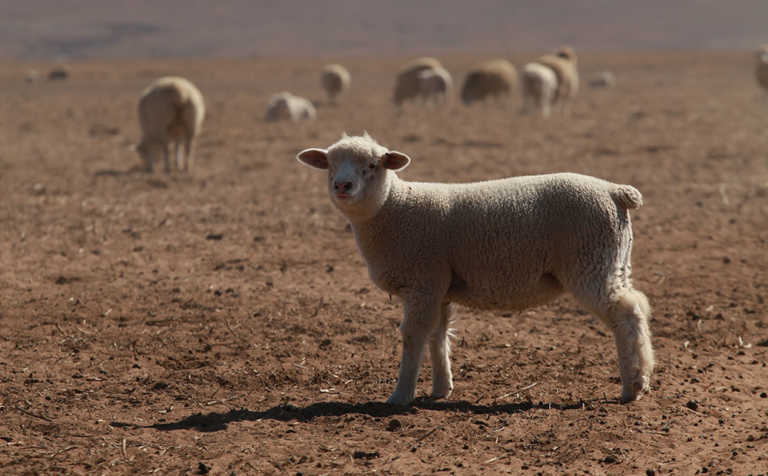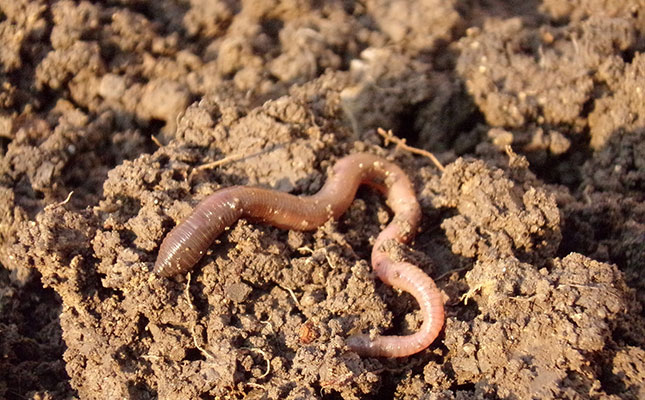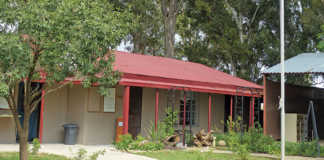
Photo: FW Archive
Volatile markets, bad weather patterns linked to climate change, and rising input costs have put increasing pressure on livestock farmers.
For this reason, some farmers in South Africa and abroad have stopped breeding animals and moved to agribusiness. That is, they buy young livestock from other farmers (letting these farmers carry the risks of breeding), then round off the animals for sale.
SEE ALSO How income and price changes affect demand
Let’s say you have a small-scale livestock operation with 100 wool-producing ewes.
These could cost R1 800 each to buy, a total of R180 000. If you’re successful and can breed at a weaning rate of 75%, the ewes will produce 75 lambs. Each could be worth about R1 000 at four to five months old when they weigh about 25kg.
If you sell them all, you’d therefore make R75 000.
Remember that input costs such as labour, medication and extra feed must be subtracted from this. In addition, you’d probably need to sell the lambs before shearing them as most buyers request this; you’d therefore get no money for their wool.
Shearing the ewes would bring in, say, R350/ewe if the wool is of good quality, so your income from wool would be R35 000.
SEE ALSO What butchers and abattoirs look for
Your total gross income (before subtracting costs) for all these sheep would therefore be R110 000 (that is, R75 000 + R35 000).
However, if you’re farming under difficult circumstances and your weaning rate is only 15%, you would have produced 15 lambs. At R1 000/lamb, your gross income from lamb sales would be only R15 000. Add the income from wool at R350/ewe, and your total gross income would be R50 000.
This vast difference in income shows how important it is to have a good lamb weaning rate if you’re a sheep breeder.
An alternative approach
If breeding lambs is proving difficult in your area, consider buying male ‘store lambs’ from a breeder. These are quite hardy and would probably have been vaccinated and dosed by the breeder before sale.
If you were to buy 100 at a live weight of 25kg each, they would cost you about R100 000.
As they would have their wool, you could shear them immediately. At R150/lamb, this would realise R15 000 in income.
You would then run the lambs for eight months. If grazed on good grass or croplands, they could reach between 45kg and 50kg by the end of this period. You’d also be able to shear them again just before marketing.
This could bring in R300 to R350 per animal for a further income of at least R30 000.
At current slaughter or live selling prices of about R1 500, your gross profit would be R500/sheep, or R50 000 for the 100 lambs. You would therefore have made a gross profit of R95 000, and without the risks faced by a breeder!
Each year, you could increase the number of lambs you buy from a reputable breeder through a livestock agent. Remember though that you would probably need to dose and dip the lambs at least once during the eight-month cycle so there would definitely be some input costs.
Cattle
You could apply exactly the same approach to cattle, buying lean or young oxen (or
even lean store cows), fattening them, and then selling them. On good grazing, you could run lean cattle on four- to six-month cycles.
READ Make more money with your livestock
Given the big price difference between thin and fat cattle, you could make good money.
Remember, however, that it’s wise to buy cattle with some beef production potential rather than dairy or similar cattle that do not realise good prices and may take a longer period to fatten.
Another advantage of this agribusiness model is that if you need to sell your animals quickly (due to a drought or other crisis), you should be able to do so easily, unlike a farmer with breeding animals that may have very young offspring at foot.
This model may also be useful for a new farmer who is still learning about livestock care.
Shane Brody is involved in project management as part of an outreach programme aimed at transferring skills to communal farmers in parts of the former Ciskei and Transkei.










